4 Tips on Effective Simple Brochure Design
We’ve already covered Why Minimalist Brochure Design Works, in a previous article. But just because you may be familiar with minimalist design, it doesn’t always mean you’re ready to try it. It can be deceptively tricky, and it can take a lot of work to make a design following minimalist philosophies truly stand out. Misuse of minimalist principles can come across as rather lazy or contrived. Fortunately there are time-tested principles that can be followed to help you produce better quality simple brochure designs.
Below we’ve listed four of them, grouped by related concepts.
Established Minimalist Practices: White Space and Breaking the Design
White Space – Also called negative space, white space is empty space in the design that has no obvious visual elements on it. Contrary to the name, it doesn’t necessarily have to be white. White space plays a vital role in established minimalist design practices. Simple brochure design can use many of the same ideas.
This Sic company brochure makes great use of white space.
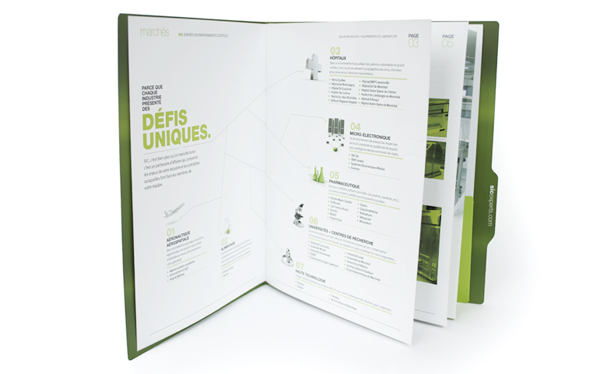
Breaking the Design – Sounds counter-intuitive? It’s actually a sound minimalist practice. Breaking the design means subtracting elements from a design until the design “breaks” or fails. This helps the designer figure out which elements are superfluous or redundant. When the design breaks, just bring back the elements that were taken out last and work with what you have left.
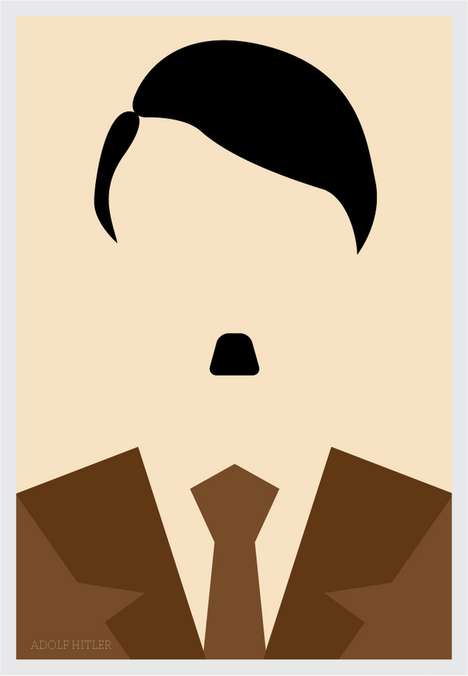
Minimalism in All Aspects of Design: Colors and Text
Fewer Colors – Your simple brochure design can benefit from using fewer colors. Contrary to popular belief, there’s more to using fewer colors than just to limit your palette. There has to be a specific reason for these decisions.
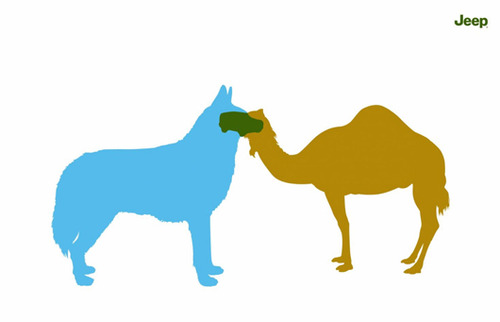
Colors are powerful visual tools that can help your brochures elicit all kinds of reactions. For two-color designs, the contrast and match-up of the two colors used should be poignant yet subtle. For multiple color designs, how they blend or work together shouldn’t distract the audience from decoding the message.
In simpler terms:
- Color match-ups shouldn’t be striking on their own, unless needed. They should only serve to support the main purpose of the design.
- Swathes and palette choices should reflect minimalist ideals. They should be subtle for greater effect. Color choices should not interfere with the brochure design’s end goal.
Minimal Text – Don’t take this literally. Don’t be terse, but embrace brevity. Your simple brochure design includes both graphic elements as well as text. Say as much as you can with as little as possible.
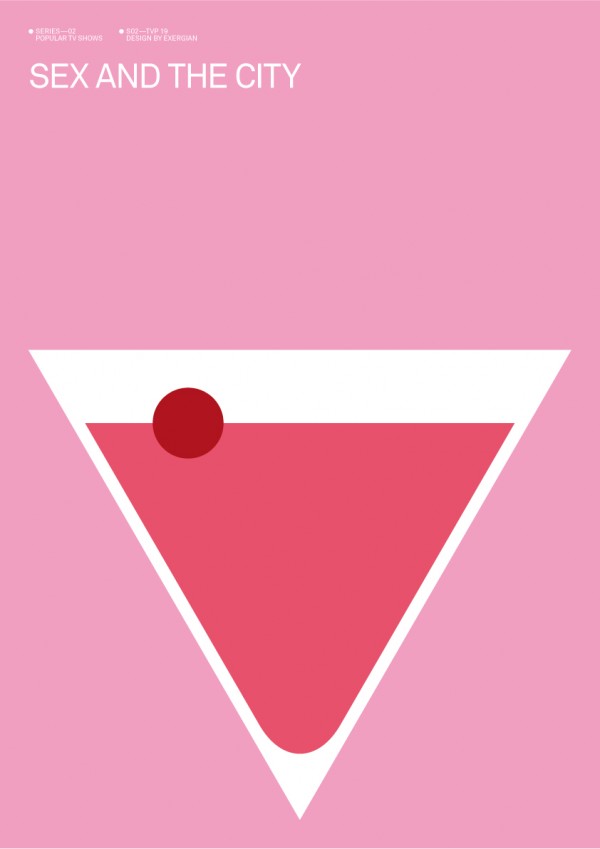
Consider:
- Using infographics. Infographics use relatively less text than a full article.
- Getting straight to the point. You may find designing an entertaining exercise and may end up beating around the bush– just because. Don’t make your readers think too much (unless that‘s your actual goal). Remember, your design concept is minimalism, so keep it simple: get to the point fast.
When creating a simple brochure design, the elements of minimalism can provide many cues on what might work for your needs. Keeping these four principles in mind can go a long way toward effective yet simple brochures.
Did you find this post helpful? Comment below.
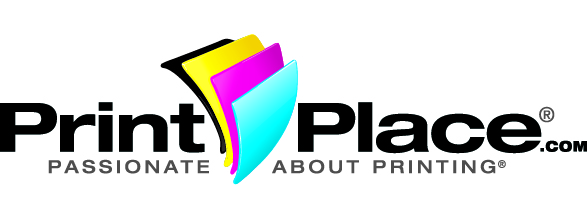
PrintPlace’s mission is to provide customers with unparalleled printing services through the knowledge and expertise of its employees.


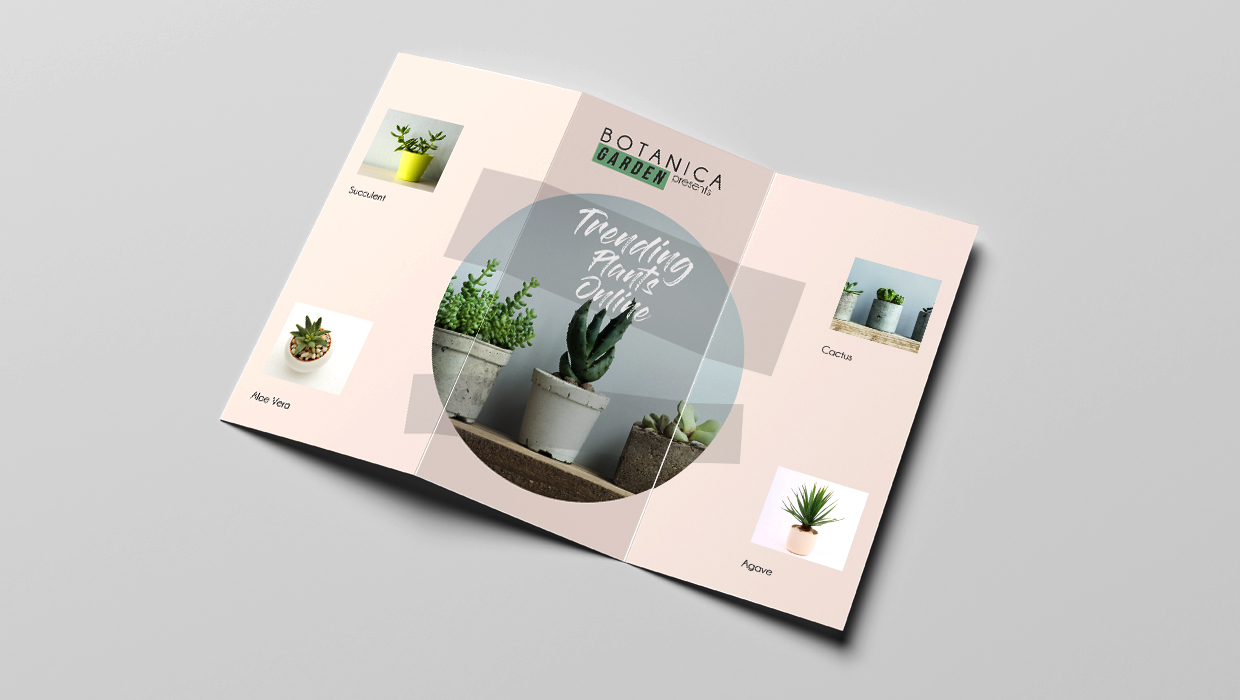
I appreciate simple graphics, subtle touches can work wonders rather than getting too complicated. My favourite is the Jeep, clever!
– – – – – – – – – – – – –
Gail Martin
BrochureDesign
Well said. Good examples.
Great article – love minimalist design like this. It often takes a good deal longer than more complex designs bizarrely but the effect can be effective if you follow 8 steps to creating an effective brochure.
Leaving spaces for the eye and mind and not following your customers to pack any space of the brochure – thats the right way.